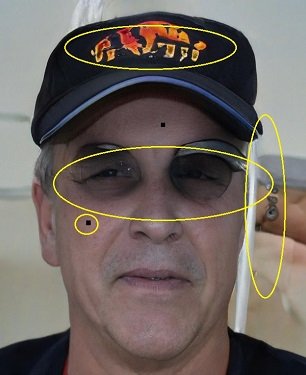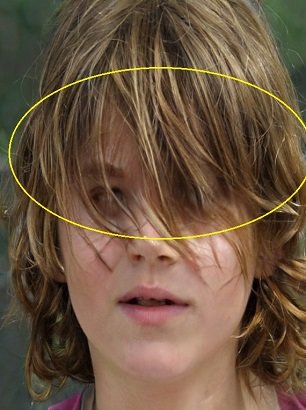3 Ways How to Recognize a Bot by Photo
AI-generated user pictures are widely used in scams and social media
Last week, I received five LinkedIn requests, and upon closer inspection, I discovered that they were all fake. The profiles utilized AI-generated images that closely resembled human faces, but upon further examination, several inconsistencies became apparent. Some of the images featured strange hair, missing or distorted ears, abnormal teeth, or mismatched earrings. Others had bizarre backgrounds with shape and color distortions.
Pictures like that are called GANStyle2 pictures or GANs after Generative Adversarial Network and they have plagued social media since 2014, when they were invented. Recently there was a rise of bad actors using them in scams and misrepresentations. The easiest way to get a GAN picture is to go to websites like this-person-does-not-exist.com or thispersondoesnotexist.com.
New Scam Threat
In April 2022, a blogger was contacted by a law firm claiming that he used an image without permission and demanding to put a link to the webpage where it was originally posted. Upon an investigation, the blogger found that the law firm was not real, photos of the team lawyers were GAN-generated pictures, and it was an attempt to receive a backlink to the specific webpage which usually helps with SEO promotion of a website on Google and other searchers.
In another case, a real firm used GAN-generated pictures to make their company look more reputable. They posted fake employee pictures on its “About Us” page trying to show the company was bigger than in reality. Other companies used the same technique to look more professional when selling training materials to their local police department.
Meta reported that more than two-thirds of the Russian and Chinese influence operations that were dismantled in 2022, used GAN user profile pictures. AI-generated photos are also known to be used in pet scams, romance scams, selling fake weight loss products, and others.
How to Recognize the GAN-Generated Photos
AI-generated images made huge progress since 2014. They have reached a level of almost perfection except few distinctive details that are visible to the human eye but very hard to replicate by artificial intelligence. To recognize fake photos, investigators should follow the next steps:
Always look for asymmetry of ears, eyes, hair, and accessories, and pay attention to clothes, colors, and shapes in the background. Below are examples of real GAN-generated pictures that were used in scams.
The parts of the glasses are missing
No visible ear, asymmetrical hair, a black dot on the face
A distorted hat, no ear, black dots
Weird-looking hair
An attempt to make glasses, black dots on the face, strange background and an unrecognizable logo on the hat
Unusual hair, almost no eyes visible
Really interesting and unexplainable background
The hairband and hair are strange, clothes distortions
Hair and background distortions
2. Use a reverse image search. If a person is real they will have organic search results and other photos in the search engines. The easiest way is to just use Google Images, although many other tools are available to investigators, like TinEye or ImgOps.
3. Assess the context around the person in question. Do they have grammar mistakes in their speech? Did they contact you in the middle of the night? Do you know other people who can confirm if this person is real. Scammers sometimes create a sophisticated profile for the sock puppets but most of the time it’s just basic information and using Google Translate for communication.
Despite all the flaws, GAN-generated pictures become better every year. Scammers already have been using deepfake videos and voice cloning techniques in the past few years. Keeping up to date with the new developments is the only way for investigators to be able to recognize the artificial intelligence used in fraud cases.
More on the topic:








